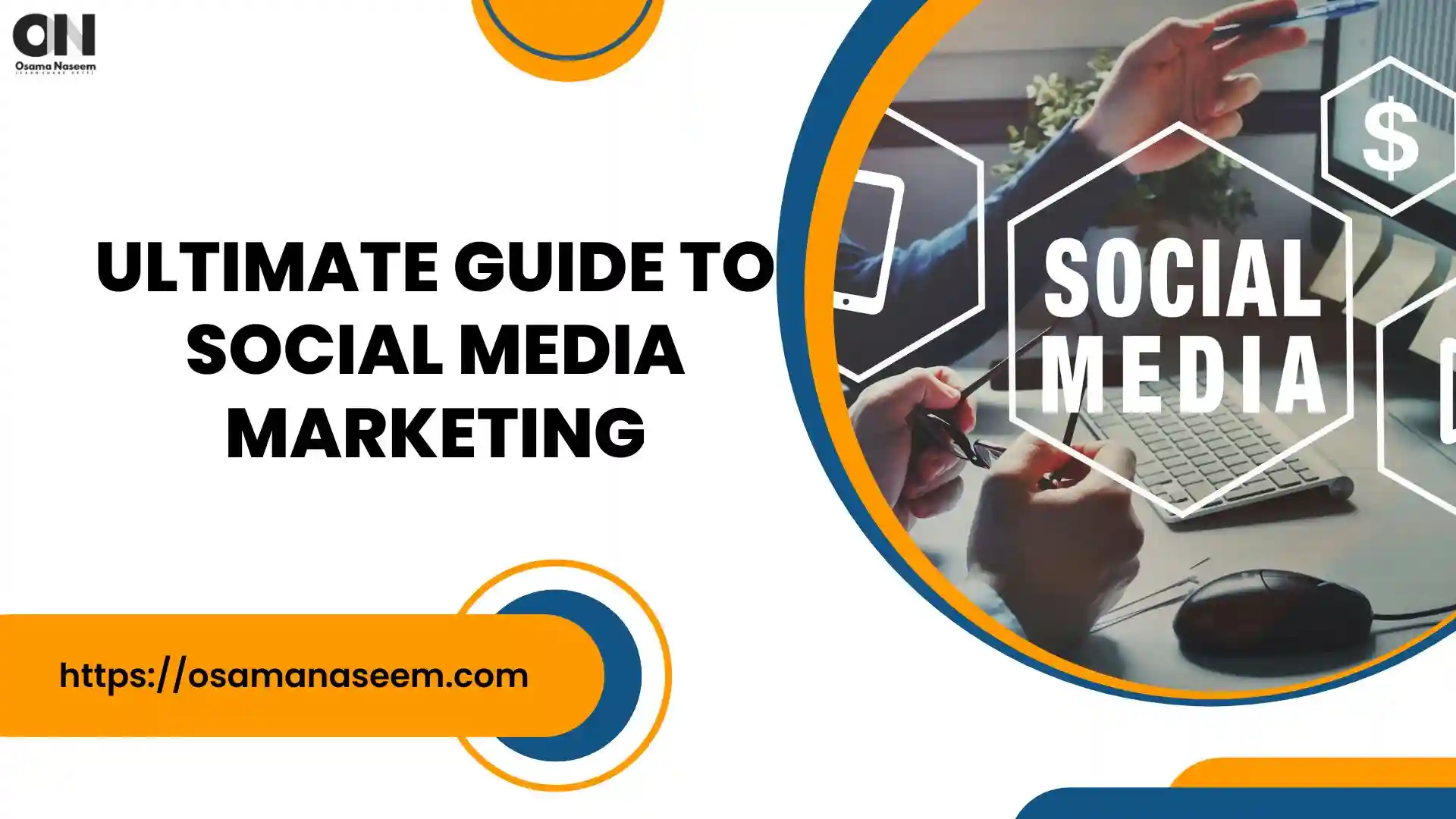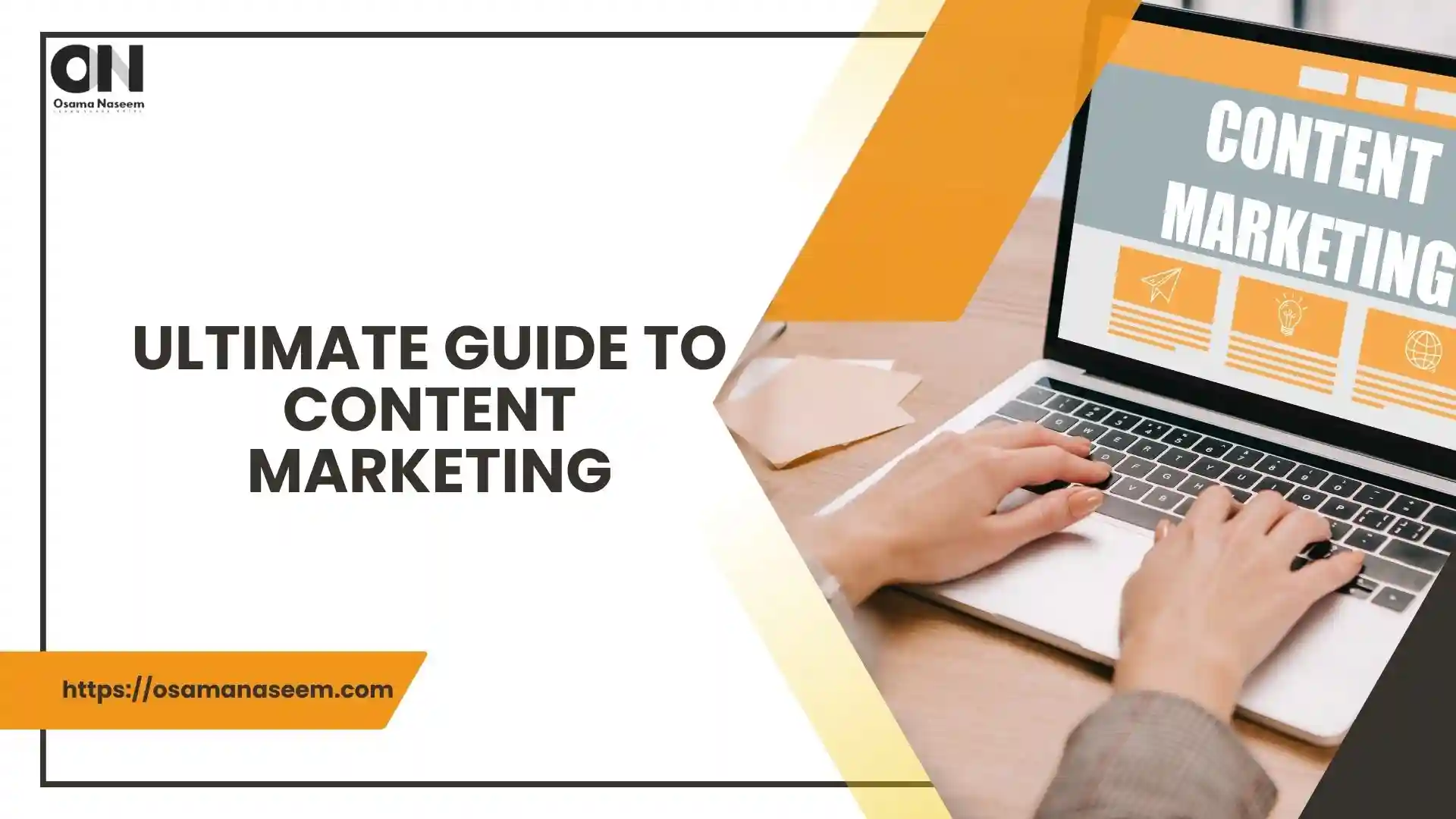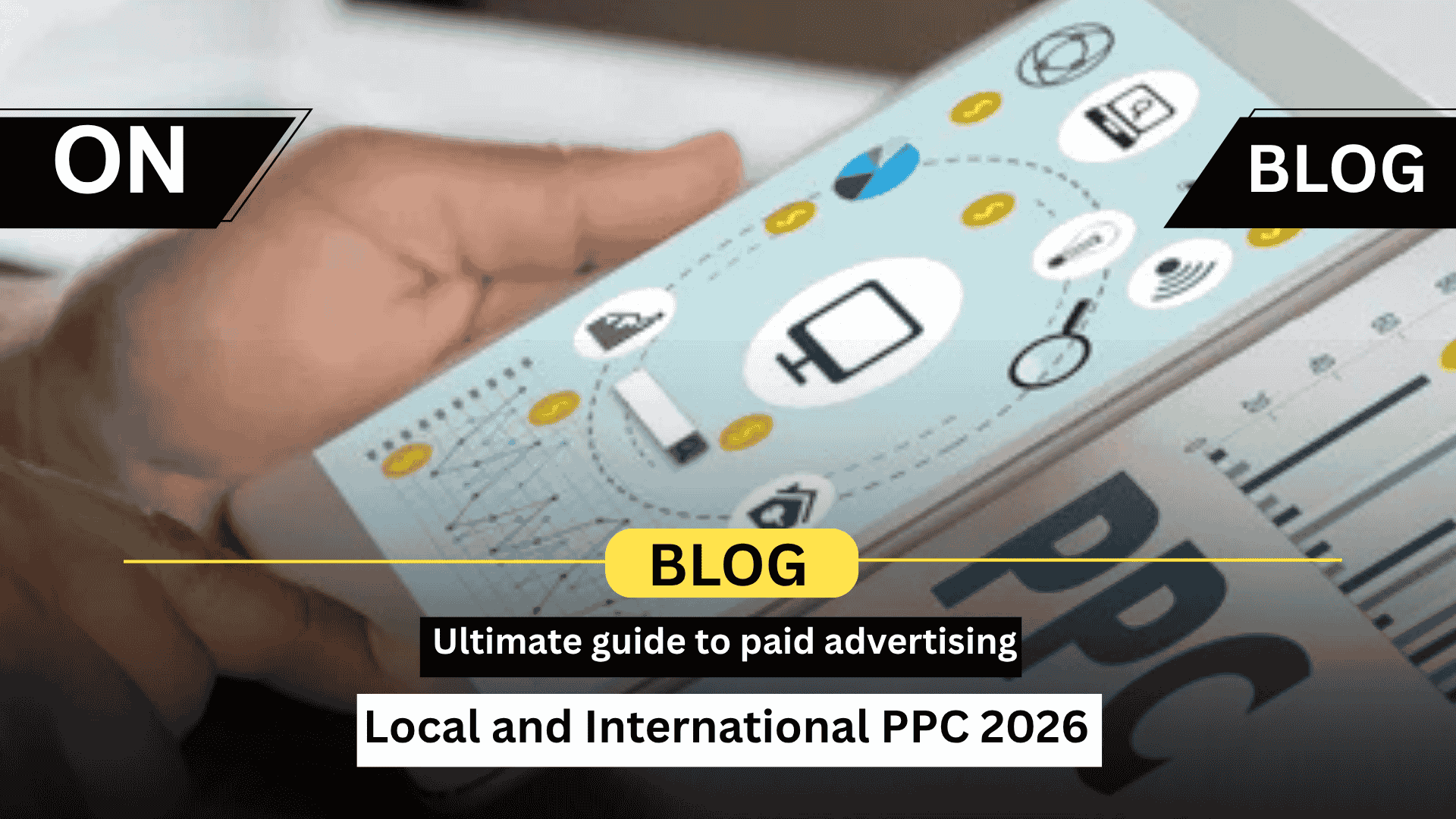Ultimate Guide to Social Media Marketing 2026
Social media marketing is full of opportunities. Not only are individuals gaining massive exposure on social media, but it also holds ample opportunities for businesses to grow. However, expanding on social media is not as easy peasy as it may appear to many people. If you are a person who thinks social media is a trend rather than a necessity, think again. Many SMBs and startups have integrated social media into their overall marketing strategy. In this ultimate guide to social media marketing, we’ll be discussing social media marketing fundamentals, types of social media marketing, and various related topics that will clear the picture of the SMM niche in your mind and help you decide if it’s the right field for you and how you can leverage it for your marketing needs. We’ll also learn how to use digital marketing to enhance brand awareness. Let’s discuss! What is Social Media Marketing? Social media marketing uses platforms to promote and market your services and products. It is a sub-field of digital marketing that focuses on leveraging social media websites like Facebook, LinkedIn, Instagram, and Pinterest to reach a more extensive section of the audience and engage them with your content to convince them to become your customers. Advantages and Disadvantages of Social Media Marketing Every innovation has pros and cons, and social media marketing is no exception. Impact of social media on marketing has both positive and negative sides. Let’s look at the advantages and potential disadvantages of social media marketing on your business and brand. Advantages of Social Media Marketing Let’s have a look at some advantages of social media marketing in your business. Cost-effective Advertising: Paid ads on social media are cost-effective compared to traditional advertising campaigns on TV and Radio. You can get a better return on investment by running paid campaigns on social media. Provides Organic Reach to Large Audience: People worldwide are connected on social media via Facebook groups, Reddit forums, and many such communities. This allows advertisers and marketers to reach larger and more diverse audiences globally. Brand Awareness Social media brand awareness is an excellent way to build your brand. Interacting with your ideal customers via valuable content is far more beneficial than bombarding them with paid ads meant to just hard-sell them your products. Better Audience Engagement People tend to trust brands showing the human side of their business. Social media provides the opportunity to develop a connection with your audience by writing about their pain points and presenting possible solutions. It results in better audience engagement, which positively impacts your marketing goals. Enhanced Customer Segmentation You can improve your audience targeting and segment the audience based on your ideal market. Creating content that resonates with a specific audience will eventually attract more customers of the same attributes. Moreover, you can create personalized and targeted ad campaigns to reach the exact audience and measure the outcome against selected criteria. Valuable Audience Insights All social media platforms provide access to analytics where you can easily understand the audience behavior through various metrics. You can know their demographics and interests to understand which type of audience interacts with your content. User-Generated Content An underrated and less utilized way of gaining credibility and exposure on social media is UGC content. Companies take advantage of user-generated content by running contests and showcasing customers’ pictures, testimonials, and other types of content contributed by users. Virality Factor You may have seen many people going viral on social media. Though virality is not guaranteed, hundreds of businesses and individuals have taken massive advantage of their viral posts or videos, providing immense engagement and exposure to them. Disadvantages of Social Media Marketing Time-Taking Process One of the main downsides of social media marketing is that it is a very time-consuming process. It is unrealistic to start marketing on social media and expect a massive ROI within a month or so. It usually requires a minimum of six months of continuous content sharing to see noticeable results. Resource Intensive Investment You must allocate proper resources to make your social media marketing campaign successful. A dedicated team, documented content strategy, and consistent publishing are the minimum requirements for effective promotion on social media. Reputation Management A single negative comment or post from an angry customer can spread like wildfire, negatively impacting a company’s reputation. It is a constant drill to monitor negative feedback from customers and deal with them effectively. Algorithmic Changes Social media algorithms keep changing, making it quite uncertain which strategy will work best. Keeping updated with the latest trends and changes is the key to staying above the noise. ROI Measurement It is easier to measure the effect of social media promotion through various analytical tools provided by social media platforms. However, you must set attribution and advanced tracking to measure the outcome of your efforts accurately. Limited Attention Span The biggest challenge for social media marketers is to hook the users and keep them on their content for a significant amount of time. Writing content that captures the audience’s attention demands understanding people’s minds and pain points. Privacy and Security Concerns As you can gain varied types of customer data, it becomes essential to exercise caution while using that data. Privacy and data concerns are looming online, and any negligence may lead to legal consequences damaging your company’s reputation. Types of Social Media Marketing Traditional Social Media Platforms like Facebook, Twitter, and LinkedIn help connect with peers, organize events, network, and run paid campaigns. These platforms collect lots of information from the audience, which lets advertisers use various criteria for setting up targeted campaigns toward their ideal customers. Moreover, you can also connect with users via direct messaging options and create groups or chat communities to share ideas and promotional content. Image-Based Social Media Social media platforms like Instagram, Snapchat, and Pinterest are great for visual story-telling and social commerce. They offer in-app purchase options, eliminating the need to leave the platform and visit external sites. Instagram shopping …




